
®
SHIPSPOTTING.COM
WELCOME TO SHIPSPOTTING.COM
HOEGH TRAVELLER - IMO 5021487
Photo
details
Photographer:Chris Howell [ View profile ]
Title:Hoegh Traveller
Photo Category:Vehicle Carriers
Added:Feb 23, 2013
Views:3,937
Image Resolution:3,223 x 2,069
Description:
Russell Priest owned neg with copright
received from late B.Nicol
Completed 1960 as Passenger Cargo Liner ARAGON
Tons: 20362 DWT: 8000
- 69 ARANDA
[1972 cv to vehicles carrier, 10912gt/10340dw]
71 HOEGH TRAVELLER - 77 HUAL TRAVELLER - 80 TRAVELLER
Disposal Data:
BU Kaohsiung 31.10.81 [Chien Yu Steel Industrial Co]
Vessel
particulars
Vessel Type:Vehicles Carrier
Gross tonnage:10,665 tons
Summer DWT:10,340 tons
Photos:21 photos by 6 photographers
AIS Position
of this ship
There is no AIS Position Data available for this ship!
Would you like to add AIS Coverage?

Photo
Categories
This ship exists in the following categories:
Vehicle Carriers - 6 photos
Ships under Construction - 2 photos
Cruise Ships and Liners built 1950-1960 - 13 photos
Photographers
of this ship
(6)
1 photos
13 photos
1 photos
1 photos
4 photos
1 photos
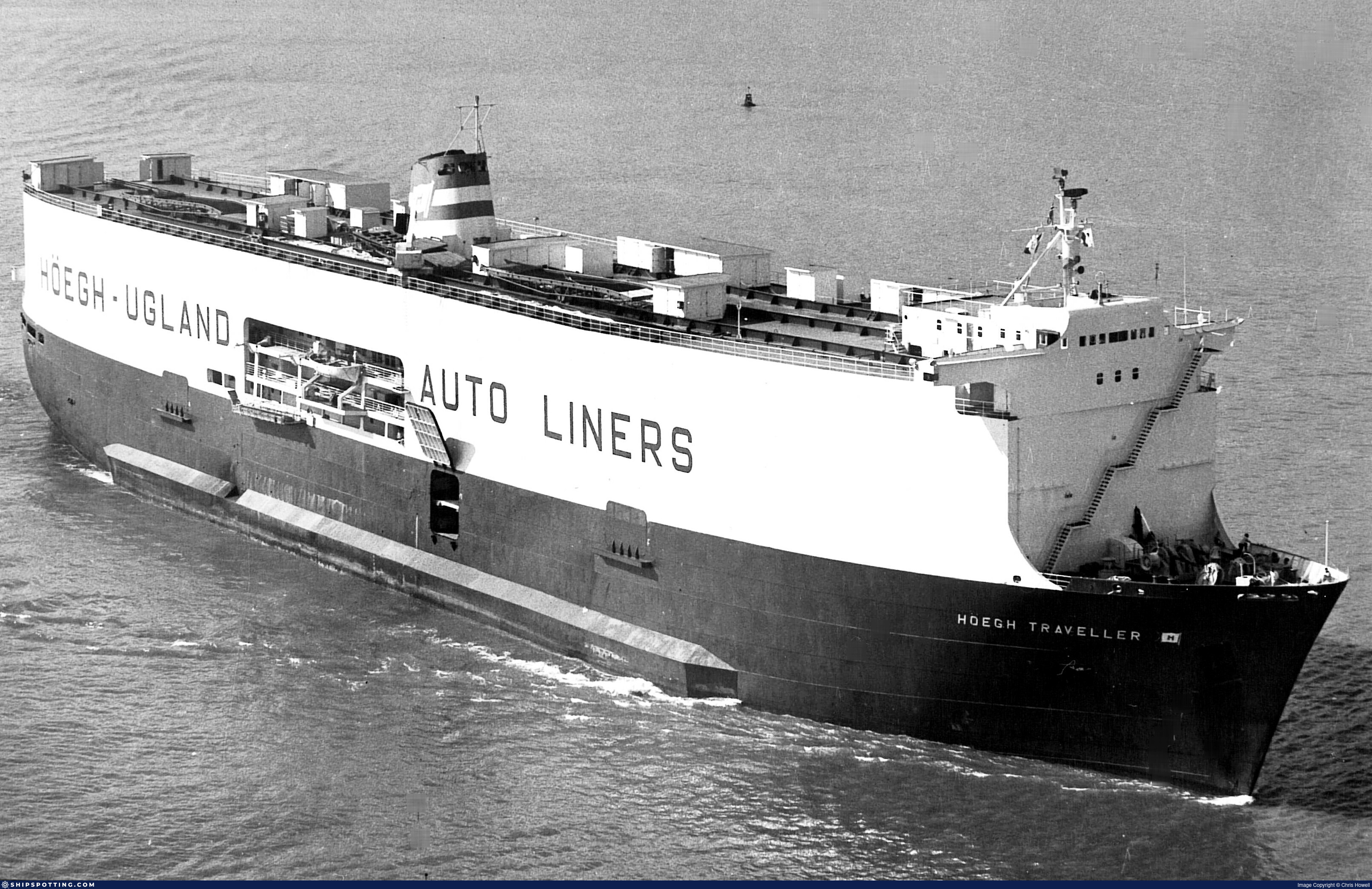

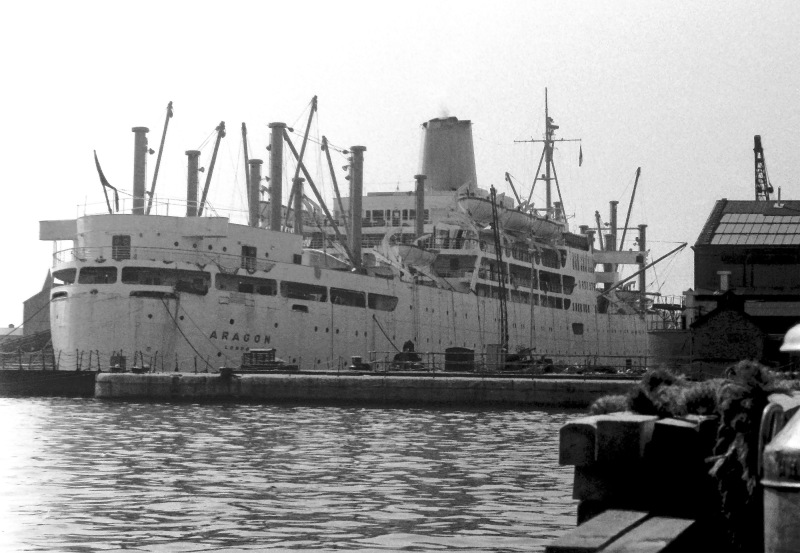
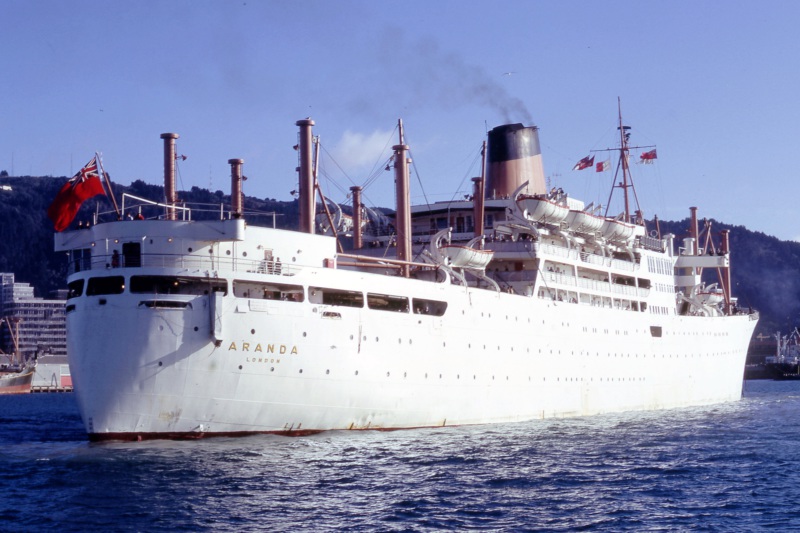
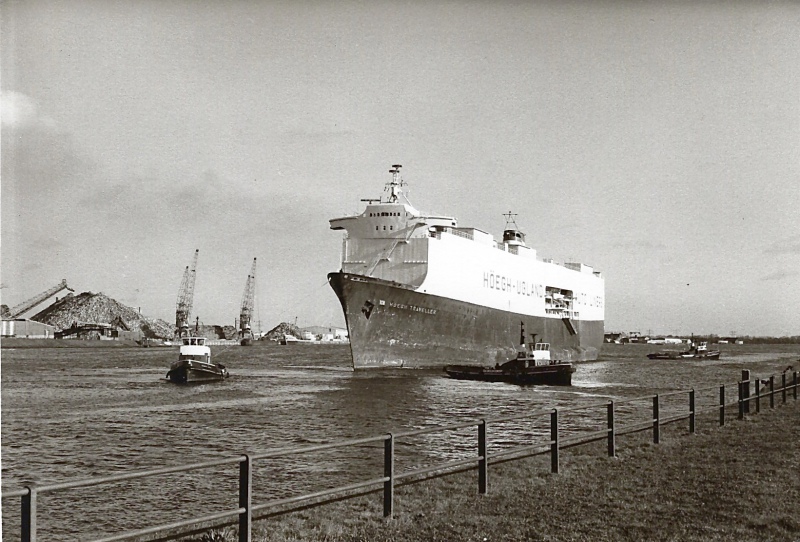
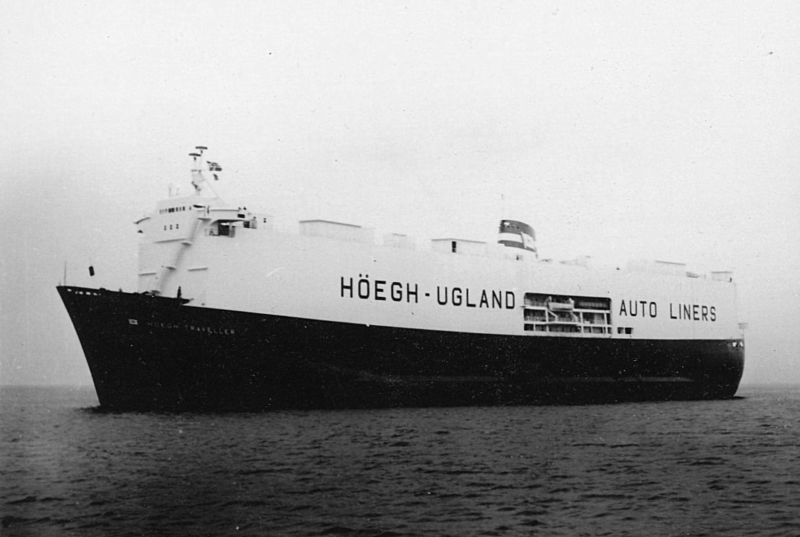
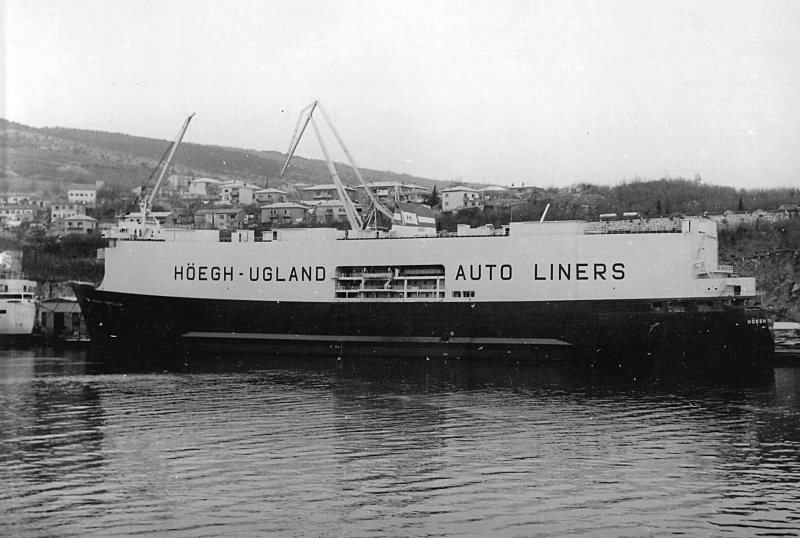
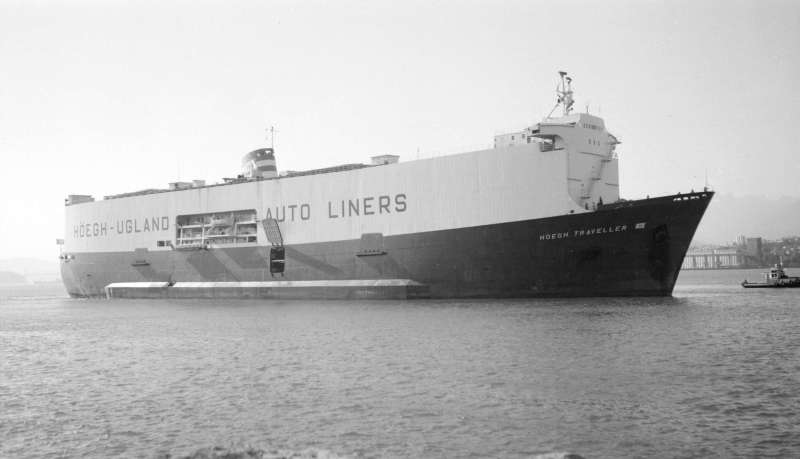
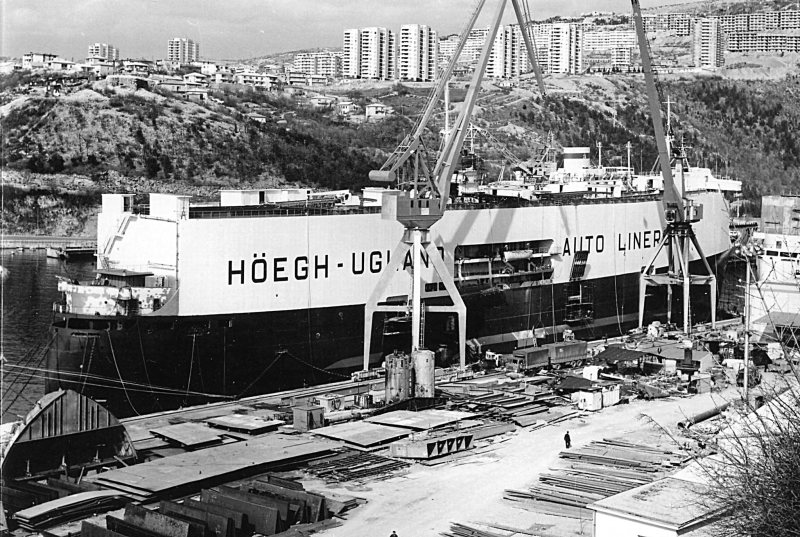
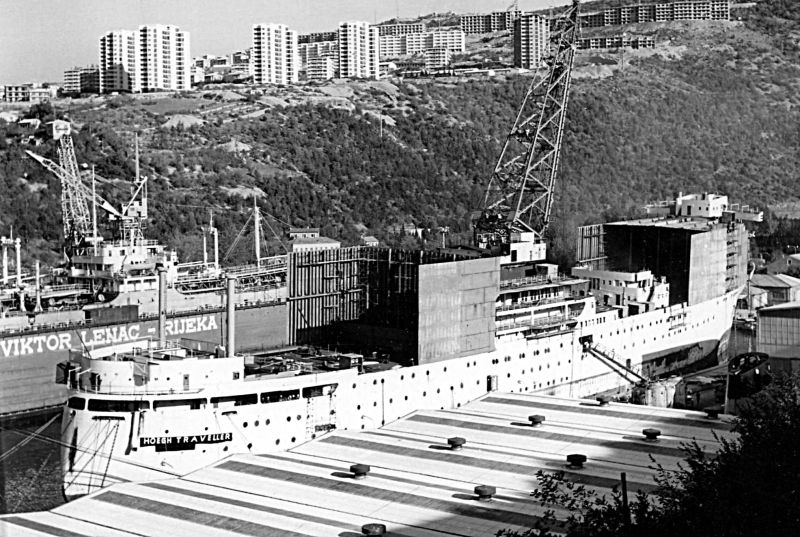


COMMENT THIS PHOTO(10)
With your beautiful photos I am proud to be one of the members/brgds jadran
Edit
comment
Edit
comment
The constructions fitted aside/outside on the Main Hull of the ship are so called: sponsoons or blisters.
They are void spaces i.e. void tanks (not ballast tanks).
Their purpose is only to widen/make bigger the ship's width on the waterline.
The numerical value of the ship's width ON THE WATERLINE (better is larger width as possible) is one of the crucial factors in the calculation for the basic ship's stability worthiness.
brgds/jadran
Edit
comment
Edit
comment
Edit
comment
Edit
comment
Edit
comment
Edit
comment
Edit
comment
Edit
comment